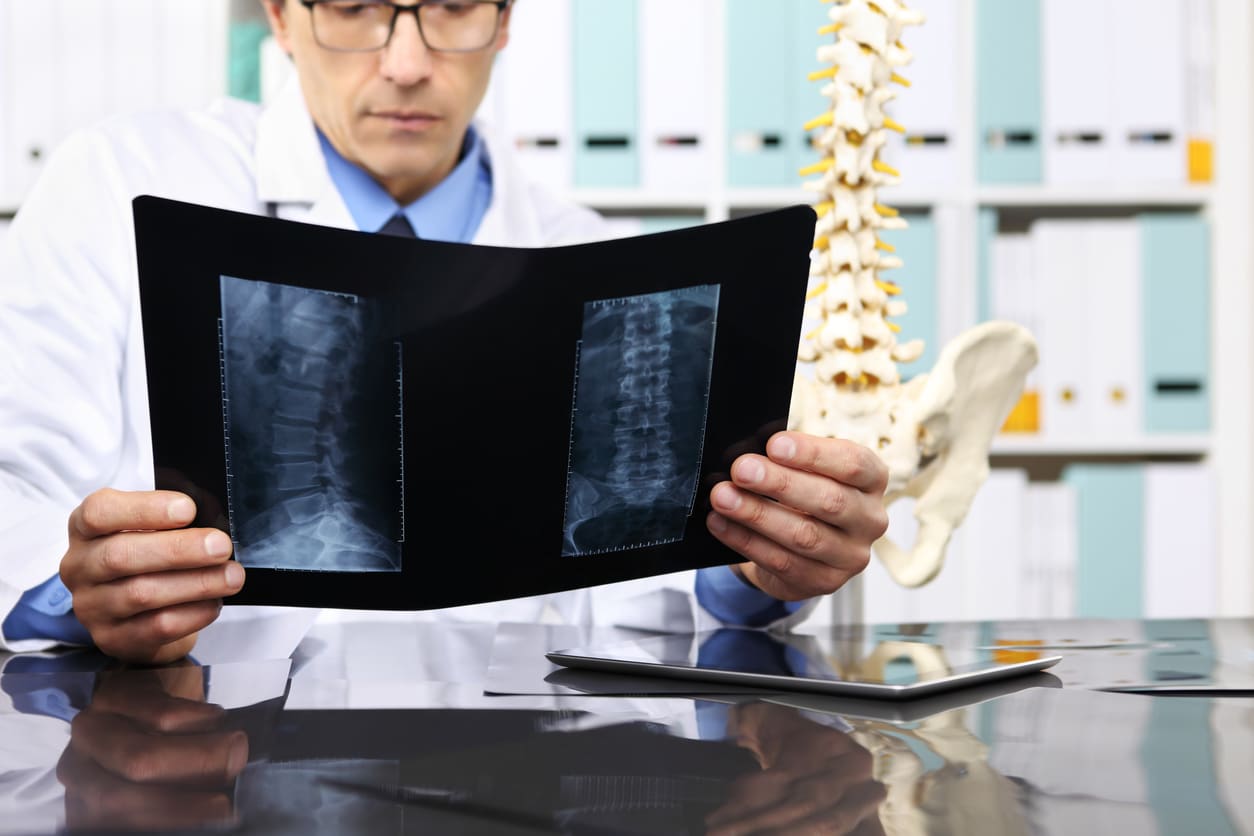Types of Bone Graft/Product:
- Autograft—this comes from the patient’s own bone. The iliac crest is the most common donor area used for an autograft in spinal fusion. Local bone from the lamina and spinous process bone are also considered to be autograft. These are coded to autologous tissue substitute in ICD-10-PCS fusion procedure when used alone.
- Allograft—this is bone that comes from a cadaver or bone graft substitute/tissue bank. This is the most commonly used alternative to a patient’s bone/autograft. Allograft bone is oftentimes used as a supplement to the patient’s own bone. These are coded to non-autologous tissue substitute in ICD-10-PCS fusion procedures when used alone.
- Bone graft substitutes—these are synthetic or a manipulated type of naturally-occurring product. There are several types of bone graft substitutes used in spinal fusions: 1. Demineralized Bone Matrix (DBM); 2. Synthetic bone graft extenders; 3. Bone Morphogenetic Proteins (BMP).
- Demineralized Bone Matrix (DBM)—allograft cadaver bone is manipulated (demineralized) to extract the proteins that stimulate/promote bone formation. DBM can be found is various forms like chips, gel, putty or powder. DBM is used as a bone graft extender to obtain more graft volume when needed.
- Synthetic Bone Graft Extenders—such as calcium phosphates, ceramic and other synthetic material with similar biomechanical properties and structures that are similar to that of cadaver bone. These allow for bone growth and are resorbed by the body. These are usually used in combination with the patient’s own bone. Using these do not present a risk for disease transfer like in allograft.
- Bone Morphogenetic Proteins (BMP)—when used these stimulate the bone growth naturally. BMP is used for fusion without the need of the patient’s own bone. Research has shown that the use of BMP in clinical studies successfully stimulated the spinal fusion equal to or better than autograft bone. BMP is expensive and only approved for use in anterior lumbar interbody fusion. This is considered/coded as allograft. Coders may see INFUSE as a brand name. Reporting of BMP (3E0UGB) is optional for reporting in ICD-10-PCS and will depend on the facility guidelines.
Learn more about Spinal Fusion coding by Purchasing our Spinal Fusion Coding eBook.
Authored by Kim Boy, RHIT, CDIP, CCS, CCS-P
References
https://www.spine-health.com/video/spine-fusion-surgery-video
https://www.spine-health.com/treatment/spinal-fusion/bmp-bone-morphogenetic-proteins
https://www.spine-health.com/treatment/spinal-fusion/bone-graft-substitutes
https://www.spine-health.com/treatment/spinal-fusion/synthetic-bone-graft-options
Coding Clinic for ICD-10-CM/PCS, First Quarter 2018: Page 8
Coding Clinic, Third Quarter 2013: Page 25
Coding Clinic, First Quarter 2013: Page 21 & 25
The information contained in this coding advice is valid at the time of posting. Viewers are encouraged to research subsequent official guidance in the areas associated with the topic as they can change rapidly.





